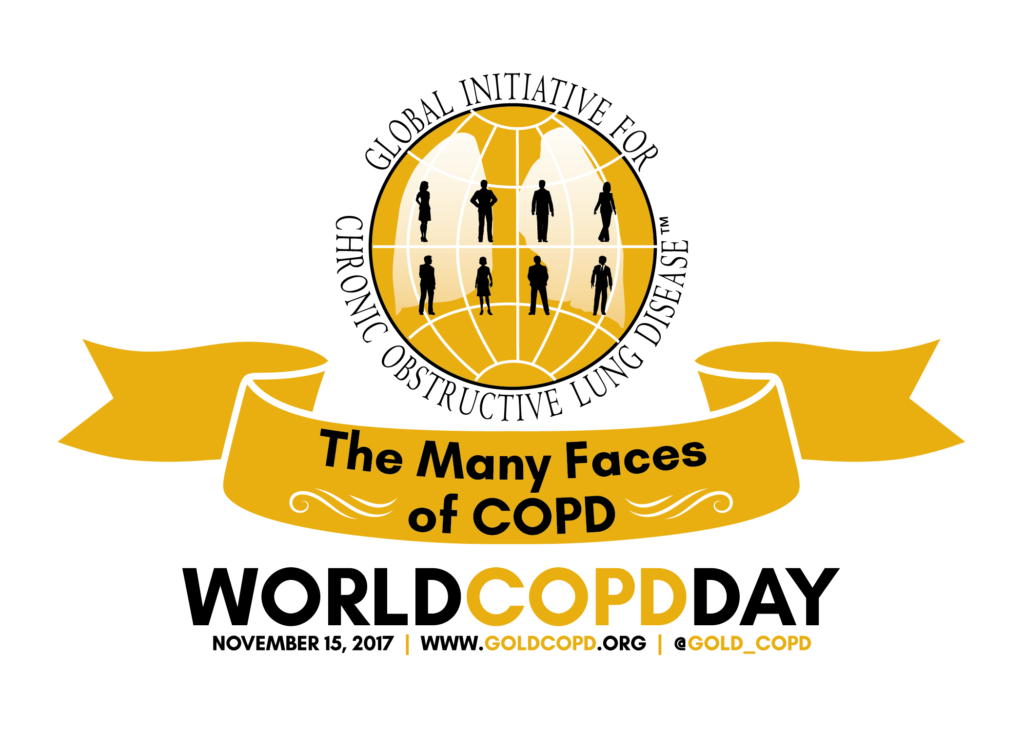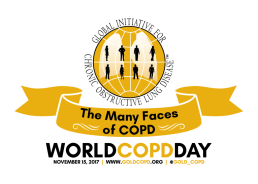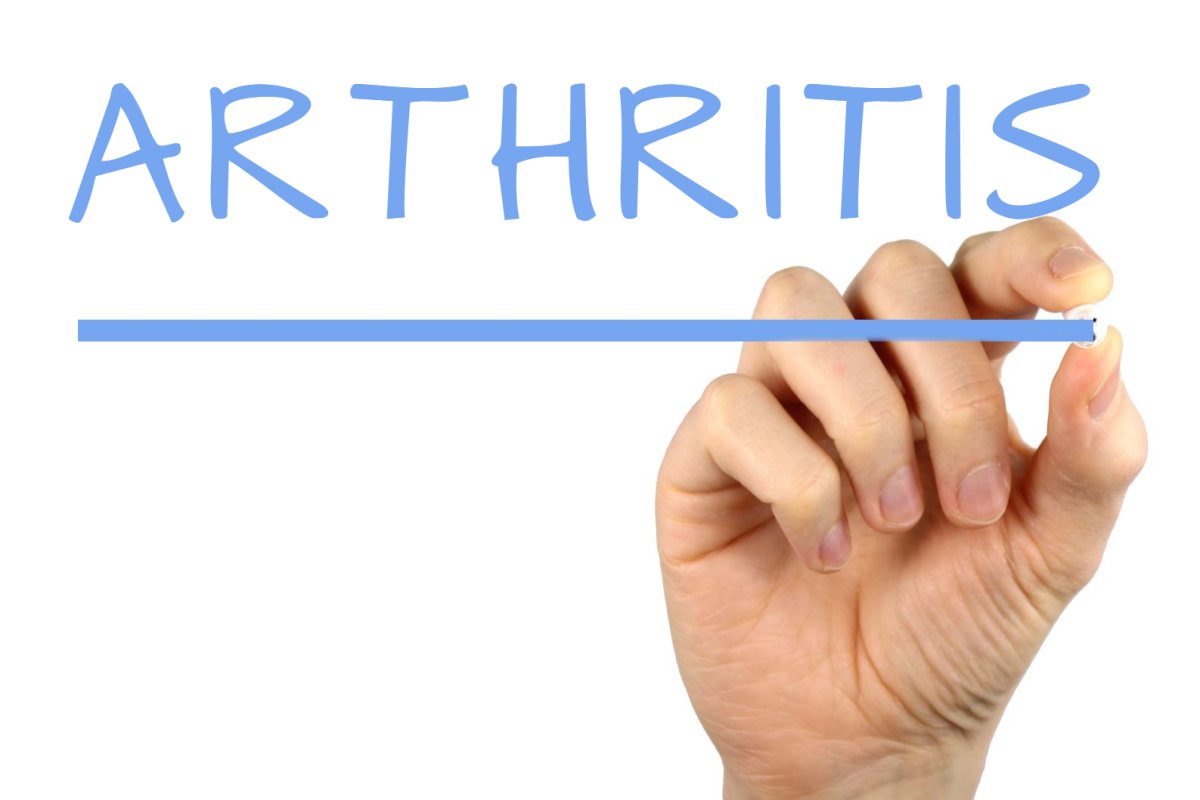Merry Christmas
Wishing you all a very Merry Christmas this year from all of us at OxygenWorldwide!
Wishing you all the best for the festive period wherever in the world you may be. Looking forward to helping our customers new and existing to travel and see the world, visit family and friends and make it happen.

Are women fitter than men?
But new research challenges the traditional belief that men are athletically superior to women. In fact, by measuring women's response to aerobic training, a new study suggests that the opposite may be true.
The new study examined sex differences in the body's response to aerobic fitness; more specifically, it focused on how sex affects the body's ability to process oxygen once it starts to exercise.
Thomas Beltrame, from the University of Waterloo in Canada, led the research, and the findings were published in the journal Applied Physiology, Nutrition, and Metabolism.
Oxygen uptake is a standard measure of aerobic fitness, and it describes the amount of oxygen that the body can take in and use per minute.
As the American College of Sports Medicine explain, our oxygen consumption rate "provides a measure of the maximal ability to perform high-intensity aerobic work, [and] is strongly associated with performance and health."
Therefore, a higher rate of oxygen processing means that women may be less prone to muscle fatigue and more likely to perform better athletically. They may also be more resilient, as higher oxygen processing also indicates a lower perception of physical effort.
"The findings are contrary to the popular assumption that men's bodies are more naturally athletic," Beltrame says.
Oxygen therapy treat Alzheimer's?
Breathing oxygen at a higher-than-normal air pressure might ease some of the symptoms of Alzheimer's disease, if recent research done in mice has the same results in humans.

Mice genetically engineered to develop some human features of Alzheimer's disease showed significant reductions in physical and behavioral symptoms after 2 weeks of daily treatment with hyperbaric oxygen therapy (HBOT).
This was the result that a team hailing from the University of Tel Aviv (TAU) in Israel reported in a paper that was published recently in the journal Neurobiology of Aging.
HBOT is a type of treatment during which the person breathes oxygen at a pressure that is greater than normal air pressure. The treatment, which is delivered inside a pressurized chamber, can cause the lungs to absorb up to three times more oxygen than usual.
The researchers note in their study paper that, while HBOT "has been used successfully to treat several neurological conditions," its effects on Alzheimer's disease "have never been thoroughly examined."
After this, the team observed the mice as they completed a number of behavioral tests. They also examined their brain tissue for effects of the treatment on the physical hallmarks of Alzheimer's. They compared the results with the control mice.
The researchers' analysis showed various biological and biochemical signs that HBOT had reduced inflammation in the brain.
The team suggests that the findings show that HBOT shows promise as a treatment for Alzheimer's disease, especially given that it "is used in the clinic to treat various indications, including neurological conditions."
references https://www.medicalnewstoday.com
In honour of COPD Awareness Month
As November marked National COPD Awareness Month we thought it gave justice to another article! An internationally-recognized event held annually to enhance exposure around chronic obstructive pulmonary disease (COPD).
 The main cause of COPD is tobacco smoke or exposure to air pollutants like cigarette smoke or outdoor pollution in the home or at work, family history, and respiratory infections like pneumonia also increase your risk.
The main cause of COPD is tobacco smoke or exposure to air pollutants like cigarette smoke or outdoor pollution in the home or at work, family history, and respiratory infections like pneumonia also increase your risk.
Symptoms of COPD include:
- Frequent coughing or wheezing
- Excess phlegm or sputum
- Shortness of breath
- Trouble taking a deep breath
If you experience these symptoms, you should discuss them with your GP. One way to treat COPD is supplemental oxygen from a portable oxygen tank if blood oxygen levels are low.
ref: https://eparisextra.com
Christmas trees could trigger deadly asthma attacks, doctors have warned.

The festive fir in the corner of your living room harbours mould, which can aggravate the lungs.
Leading charity Asthma UK has urged people to be vigilant over the Christmas period.
Their data shows around 300 people are admitted to hospital on Christmas Day each year, suffering severe attacks, that could be linked to the festive favourite.
Mould that naturally grows on your tree can multiply in the warm temperatures of your living room.
And fake trees aren't the safe alternative they may seem to be, gathering dust and mould in the loft, that can aggravate the lungs.
But, those with allergies as well as asthma sufferers should be alert to the dangers, Asthma UK urged. The moulds are naturally occurring on the trees, but flourish when they are inside our toasty warm homes in the winter.
But the charity also warns that both real and fake trees can also pose a threat.
Fake trees are a great alternative if the allergens that form on a real tree cause you too many breathing difficulties.
But artificial trees, and decorations, can gather dust and mould when they are kept in storage for the year which can cause a flare-up of symptoms when you put it up.
So it's a good idea to wipe them down when you pull it out of storage and wrap them in plastic to keep the dust at bay when you put them away again.
reference: https://www.thesun.co.uk/fabulous/4981922/warning-doctors-christmas-tree-deadly-asthma-attacks/
Why women should watch out for COPD

Although generally little-known to the public, chronic obstructive pulmonary disease (COPD) was the fourth biggest global cause of death in 2015, according to the World Health Organization (WHO), behind ischemic heart disease (nine million people), stroke (six million) and lower respiratory infections (just over 3.2 million).
The WHO points out that while in the past, men were more frequently diagnosed with COPD, women are now affected to essentially the same degree. Smoking between five and 10 cigarettes per day is a risk factor for COPD in women, as well as exposure to certain household products, according to recent research.
Warning signs include a chronic cough, coughing up mucus and shortness of breath, especially during physical activity. They appear progressively—sometimes without the patient really noticing—and get worse over time, especially when resting.
Read more at http://www.themalaymailonline.com/features/article/why-women-should-watch-out-for-copd#gXIEGxCmRQgR6gjX.99
references: Read more at http://www.themalaymailonline.com/features/article/why-women-should-watch-out-for-copd#gXIEGxCmRQgR6gjX.99
Asthma suffers given warning over bonfires and fireworks
Bonfires and fireworks could potentially cause fatal asthma attacks warns Asthma UK

Bonfires and fireworks could cause potentially fatal asthma attacks, a leading asthma charity has warned, issuing advice ahead of Bonfire Night on November 5.
The smoke fumes from burning wood and firework displays can linger in the air creating localised pollution, which could cause asthma attacks for the 5.4million people in the UK with the condition, says Asthma UK.
Asthma UK, who provide a nurse-staffed helpline for people with asthma, advice on its website and funds over 30 research projects, says three people die from asthma attacks every day.
Having an asthma attack can be incredibly frightening, and one occurs every 10 seconds in the UK. An attack happens when the airways start to tighten, which can leave people coughing, wheezing and gasping for breath. Some people with asthma describe having an asthma attack as feeling like someone is holding a pillow over their face.
Asthma UK has issued top tips for people with asthma on Bonfire Night:
- Take your preventer medicines as prescribed
- Carry your reliever inhaler (usually blue) with you at all times
- If you find that smoke is making you cough, stand well back and admire the fireworks from a distance
- Make sure your friends and family know what to do and when to get help if your asthma symptoms suddenly get worse
- If it’s cold, wrap a scarf over your nose and mouth; this will help to warm up the air before you breathe it in.
ref: http://www.dailyrecord.co.uk/news/local-news/asthma-suffers-given-warning-over-11454993
How to avoid catching a cold on public transport
We know all too well as commuters that there's always a chance of contracting a cold, whether it's via a shared handrail or a fellow passenger's sniffles. Furthermore, utilising public transportation—such as buses or trams—may increase one's risk of catching the common cold by up to six times, according to 2011 research from the University of Nottingham. This suggests that the fear is not unfounded.
According to data from the World Health Organisation, up to 15% of people are susceptible to the cold virus throughout the winter.
Here are some methods to assist you avoid getting colds and coughing when taking public transit this winter:
1. Be Aware of Your Positioning
It's safer to stand sideways to possible disease carriers rather than directly opposite them, considering how quickly coughs and sneezes can spread. Try to hold your breath for a short while if you are in the line of fire.
2. Watch Out for High-Touch Surfaces
Buttons, railings, and handles are common places for cold viruses to proliferate. Avoiding surfaces that a sick person has recently touched is advised, even though the risk of transmission varies depending on factors like the length of the viral presence and subsequent contact with the eyes and nose. And do not touch your face afterwards if contact cannot be avoided.
3. Increase Your Knowledge
Handrails on buses and trains aren't the only place where viruses and colds may spread. Pay attention to other high-touch places such as ticket machines, maps, and handrails on escalators.
4. Accept Hand Hygiene
After utilising public transportation, make alcohol-based antibacterial hand gel a part of your on-the-go regimen. Prioritise washing your hands with soap and water as soon as you get at your location because it's still the best practice, despite its effectiveness.
5. Strategic Seating
To reduce exposure to possibly sick people, choose less crowded areas, such the back of the bus or quieter train carriages.
6. Maximise Ventilation
To improve airflow and lower the chance of catching airborne viruses, open train windows wherever possible.
7. Remain at Home if Ill
Give rest and recuperation at home first priority if you're sick. By stopping the spread of germs at work, this will not only keep your fellow commuters safe but also win you gratitude from your co-workers.
By taking these preventative steps, you may protect your health and safety during the cold and flu season and travel by public transport with more confidence.
People with arthritis are nearly 50% more likely to develop COPD
People living with arthritis are at greater risk of a deadly lung disease, it has been warned.
The 400,000 people with rheumatoid arthritis in Britain, and 50 million in the US, are almost 50 per cent more likely to end up with chronic obstructive pulmonary disease (COPD), according to the results of a new study.
Rheumatoid arthritis is a long-term illness in which the immune system causes the body to attack itself, causing painful, swollen and stiff joints.
But the extra problems come from the inflammation it causes in those joints.
The authors of the study, published in the journal Arthritis Care & Research, say people with arthritis should be vigilant in looking for the first signs of COPD, which is the second most common lung disease after asthma in Britain.
The researchers followed 24,625 patients with rheumatoid arthritis and 25,396 people who were free of the condition to record how many were hospitalised with COPD.
While it was once thought COPD was caused by inflammation in the lungs specifically, experts now think inflammation elsewhere in the body could also be a trigger.
Dr Lacaille added: 'Our results emphasize the need to control inflammation, and in fact to aim for complete eradication of inflammation through effective treatment of rheumatoid arthritis.'
















